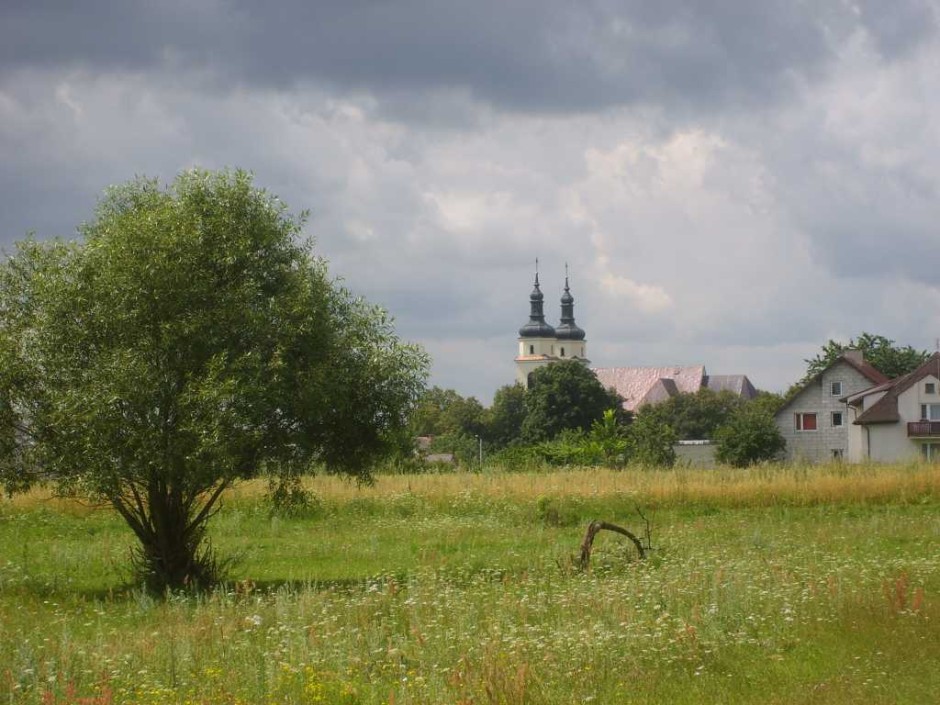I did not learn about the July 10, 1941 pogrom in the small town of Jedwabne, in northeast Poland, until I read Jan Tomasz Gross’ explosive and path-breaking book, Neighbors, which was published in the spring of 2000.
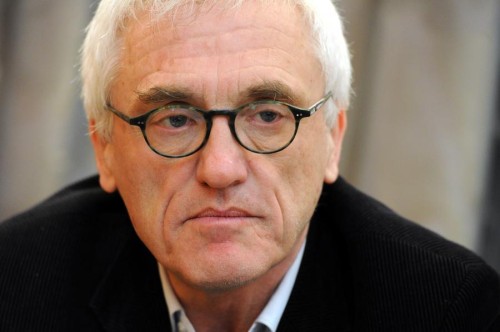
The Polish American historian’s work, based on a variety of sources, caused an uproar because it went against the grain of Poland’s narrative of heroic opposition to Germany’s brutal occupation of Poland. Gross, a Princeton University scholar, claimed that 1,600 Jews in Jedwabe were murdered by Poles rather than by Germans. The reaction was immediate. Poles from the right-wing nationalist camp were particularly incensed, regarding Neighbors as an insidious plot to defame Poland’s image.
The accusation was not exactly new. In 1946, the historian Szymon Datner wrote that many of the inhabitants of Jedwabne, steeped in the propaganda of the antisemitic National Party, were only too glad to avail themselves of the opportunity to rid Poland of “alien and accursed” Jews.
Despite a trial in 1949, which sentenced 12 of the perpetrators to prison terms of various lengths, the massacre in Jedwabwe faded into the mists of history and was all but forgotten until the publication of Neighbors.
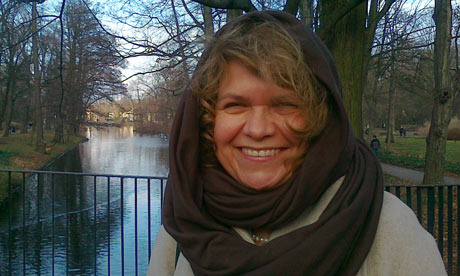
Anna Bikont, a Polish journalist on the staff of Gazeta Wyborcza, Poland’s most important daily newspaper, bravely resurrects and dissects the controversy in The Crime and the Silence (Farrar, Straus and Giroux), a book that should put to rest the self-serving myth that Germans committed this dasdardly crime.
The Crime and the Silence, which was first published in Polish, is based on archival material and interviews with survivors and witnesses. It takes the form of a journal which unfolds from 2000 to 2004. It’s a courageous and credible book, the product of prodigious research and a lot of legwork, but it’s unfortunately repetitious to an almost eye-glazing degree.
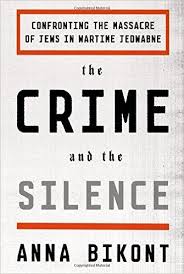
Although Jews and Christians in Jedwabne often lived side by side in the same buildings and usually enjoyed friendly relations, at least until the latter half of the 1930s, they basically led separate lives. “The stories told by Catholics and Jews about how good relations were before the war can be explained by a need on the part of Catholics to erase their guilt and a nostalgic idealization of youth by Jews,” Bikont writes. “When a wave of antisemitism swept across Europe in the thirties, the people of Jedwabne were up to the European standards. You could even say they were in the avant-garde.”
Elaborating upon her thesis, Bikont points out that pre-war Jedwabne was a bastion of the National Party, which demonized Jews and called for their emigration. Suggesting that the party exacerbated Polish-Jewish tensions in Jedwabne, she observes, “The majority of Polish residents felt distrust for and distance from Jews, and also a sense of superiority because of the fact that they belonged to the ‘true faith.’ In turn, Jews felt scorn for ‘goys’ (even when they tried not to show it) because they were illiterate, or because they drank and beat their wives, or didn’t make sure their children got an education.”
Within this ethnocentric milieu, the highly influential Roman Catholic church played a nefarious role, sowing hostility and contempt for Jews. To the best of her knowledge, no priests participated in the atrocities of 1941, though most adopted “a passive stance.” One priest rose above the hatred, urging parishioners not to succumb to German anti-Jewish provocations.
As part of Moscow’s non-aggression pact with Berlin, Jedwabne was occupied by the Red Army on September 29, 1939. But after Germany’s invasion of the Soviet Union in the summer of 1941, the German army entered the town, dooming its Jewish inhabitants.
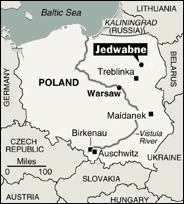
Some Polish nationalists claim that Jews collaborated with the Soviets in usurping Poland’s sovereignty and persecuting patriotic Poles. Bikont maintains that Jews were not involved in the Soviet occupation at senior levels. Indeed, the majority of Jews, especially the merchant class and Orthodox Jews, were less than keen about communism.
Bikont acknowledges that the slaughter of Jews in Jedwabne, and before that in the neighboring town of Radzilow, fell within the scope of Germany’s “final solution” for European Jews. She quotes Radoslaw Ignatiew — a prosecutor at the Bialystok Institute of National Remembrance who investigated the pogrom on behalf of the Polish government — as saying: “The Germans took advantage of the strong antisemitic feeling that already existed there … The crime in Jedwabne was committed at the instigation of the Germans.”
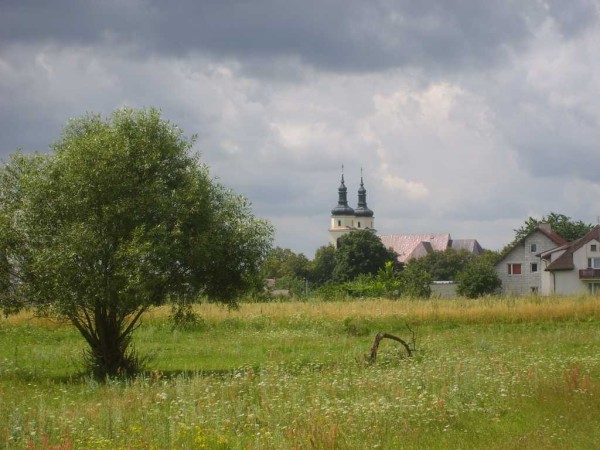
As Ignatiew adds, “I can state that the perpetrators … were Polish residents of Jedwabne and its surroundings, at least forty men.” In his view, the vast majority of the town’s population behaved passively. “Maybe some people felt compassion for the victims but were terrified by the brutality of the killers. Others, though they may have had antisemitic views, were not people quick to take an active part in actions of this kind.”
Reconstructing the pogrom, Ignatiew goes on to say:
“From the early hours of the morning, Jews were driven from their homes out into the market square. They were ordered to pull up the grass from between the paving stones. The residents of Jedwabne were armed with sticks, crow bars and other weapons. A large group of (Jewish) men was forced to smash the Lenin monument … Around noon they were ordered to carry a piece of the smashed monument to the market square, and then to the barn a few hundred meters away… Victims were killed and their bodies were thrown into a grave dug inside the barn…”
Ignatiew continues:
“The second, larger group of Jews was brought out to the market square later. It included women, children, old people. They were led to the thatched wooden barn. The building had gas poured on it.”
By his estimate, a few hundred Jews perished in the inferno. “The number of sixteen hundred victims or something near that appears improbable.”
Among the Jewish survivors were Awigdor Kochaw and Szmul Wasersztejn, both of whom Bikont interviewed. Kochaw escaped from the market square, concealing himself in a field of rye. “Suddenly he heard a noise in the distance … and then a column of smoke shot into the sky,” she writes. Wasersztejn, on whose testimony Gross drew, saw bloodied Jewish corpses in the square. Wasersztejn was a witness at the 1949 trial, which handed out sentences of between eight to 15 years.
One of the murderers at that trial, Zygmunt Laudanski, recalled that Jedwabne’s mayor, Marian Karolak, commanded “us” to “herd” Jews into the barn of Bronislaw Sleszynski, a member of the National Party. “We drove the Jews to the barn and told them to go in, and they were forced to go in, and after they were all there, the barn was locked and set alight. Who set the fire I don’t know. After the fire I went home and the Jews were burned. There were more than a thousand of them.”
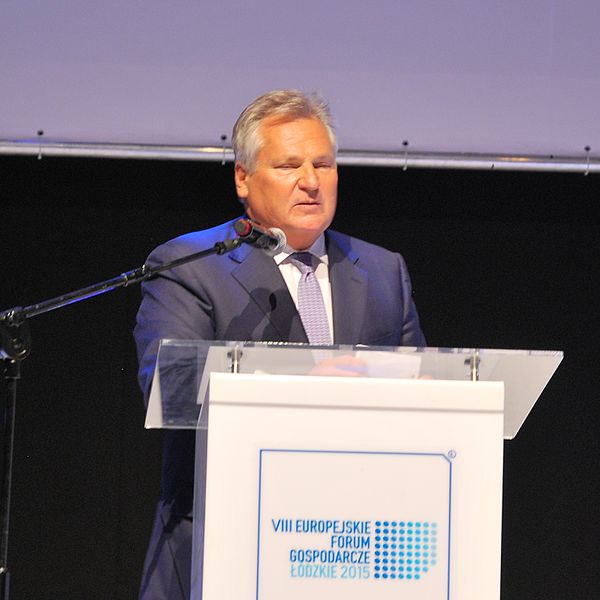
The evidence at hand prompted Poland’s former president, Aleksander Kwasniewski, to chide his fellow Poles. In 2001, he said, “It was genocide carried out by the Poles of Jedwabne against their Jewish neighbors. We must therefore bow our heads and ask for forgiveness. After this, Poles may become better as a people.”
Poles such as Kwasniewski have internalized this bitter truth, but others continue to be in denial mode, The Crime and the Silence notwithstanding.
